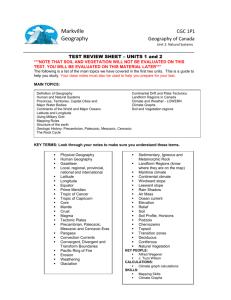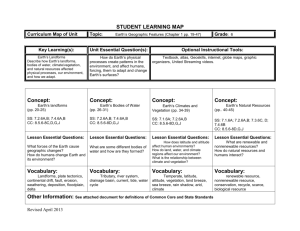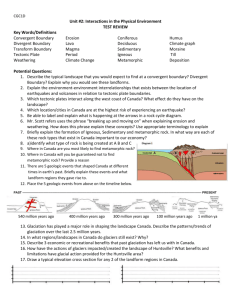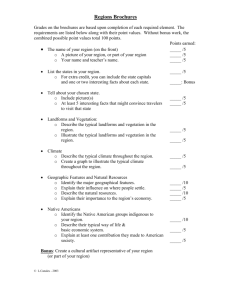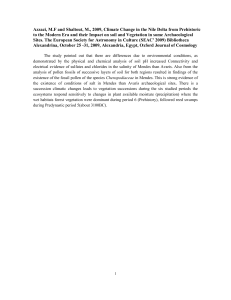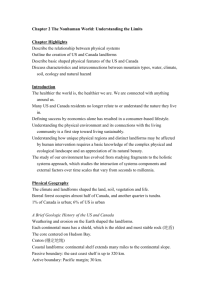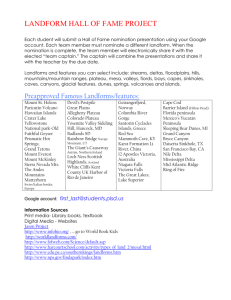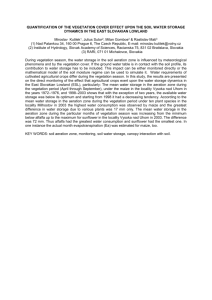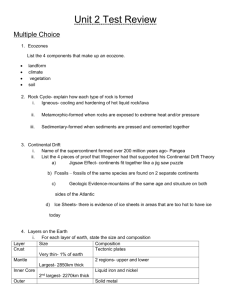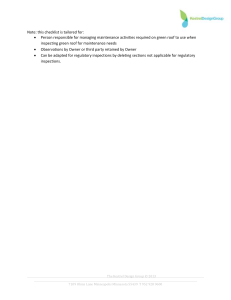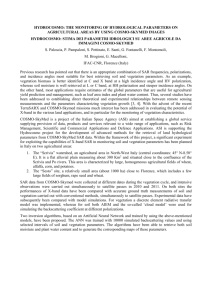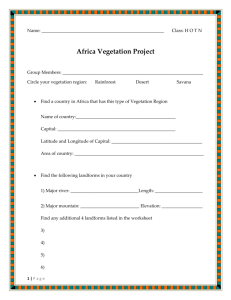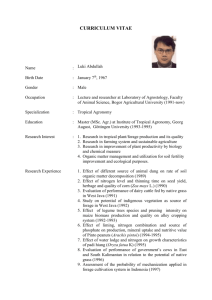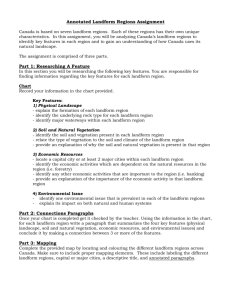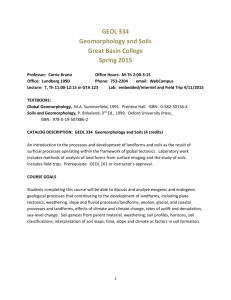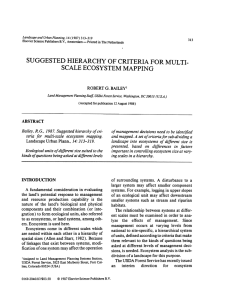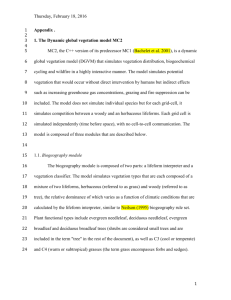Study tips for upcoming test
advertisement
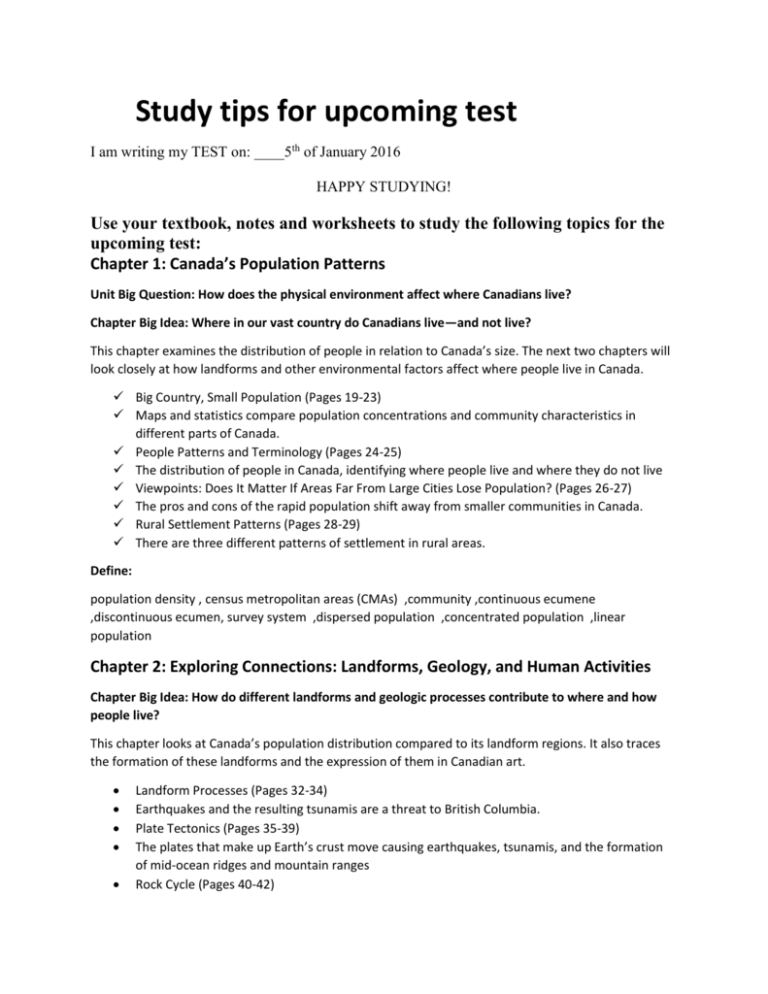
Study tips for upcoming test I am writing my TEST on: ____5th of January 2016 HAPPY STUDYING! Use your textbook, notes and worksheets to study the following topics for the upcoming test: Chapter 1: Canada’s Population Patterns Unit Big Question: How does the physical environment affect where Canadians live? Chapter Big Idea: Where in our vast country do Canadians live—and not live? This chapter examines the distribution of people in relation to Canada’s size. The next two chapters will look closely at how landforms and other environmental factors affect where people live in Canada. Big Country, Small Population (Pages 19-23) Maps and statistics compare population concentrations and community characteristics in different parts of Canada. People Patterns and Terminology (Pages 24-25) The distribution of people in Canada, identifying where people live and where they do not live Viewpoints: Does It Matter If Areas Far From Large Cities Lose Population? (Pages 26-27) The pros and cons of the rapid population shift away from smaller communities in Canada. Rural Settlement Patterns (Pages 28-29) There are three different patterns of settlement in rural areas. Define: population density , census metropolitan areas (CMAs) ,community ,continuous ecumene ,discontinuous ecumen, survey system ,dispersed population ,concentrated population ,linear population Chapter 2: Exploring Connections: Landforms, Geology, and Human Activities Chapter Big Idea: How do different landforms and geologic processes contribute to where and how people live? This chapter looks at Canada’s population distribution compared to its landform regions. It also traces the formation of these landforms and the expression of them in Canadian art. Landform Processes (Pages 32-34) Earthquakes and the resulting tsunamis are a threat to British Columbia. Plate Tectonics (Pages 35-39) The plates that make up Earth’s crust move causing earthquakes, tsunamis, and the formation of mid-ocean ridges and mountain ranges Rock Cycle (Pages 40-42) The rock cycle shows how the three different types of rock, which make up landforms, are created and changed. Glaciation (Pages 43-46) Glaciers, which once covered almost all of Canada before they melted, have shaped much of the land’s surface Landform Patterns (Pages 47-50) Plate tectonics and glaciation have shaped the landscapes that are featured in Canadian paintings Landform Regions of Canada (Pages 50-53) The main characteristics of Canada’s major landform regions: the Canadian Shield, the lowlands around it, and the outlying highlands. Define: tsunami , plate tectonics ,mid-ocean ridge ,subduction, weathering ,erosion ,deposition, glaciation, Chapter 3: Exploring Connections: Climate, Soil, and Natural Vegetation and Human Activities Chapter Big Idea: How do different climate, soil, and natural vegetation regions contribute to where and how people live? This chapter examines the interactions between climate, soil, and natural vegetation, which result in regional conditions that either encourage or discourage settlement. Climate Processes (Pages 56-61) The six major factors that shape climate in Canada. Reading Climate Graphs and Climate Regions of Canada (Pages 62-66) Compare the characteristics and locations of Canada’s climate regions using graphs and maps Why Do We Treat Our Soil Like Dirt? (Pages 67-68) Geology and climate affect the soil layers found in different parts of Canada. Soil Patterns and Tundra and Climate Change (Pages 68-71) The four main soil regions of Canada are mapped and the impact of climate change on the tundra region is described. Natural Vegetation Processes and Vegetation Patterns (Pages 71-77) Canada’s seven natural vegetation zones and their main characteristics. Define: natural vegetation , maritime climate ,annual temperature range , continental climate, soil profile wet-climate soils , dry-climate soils, Good Luck!

